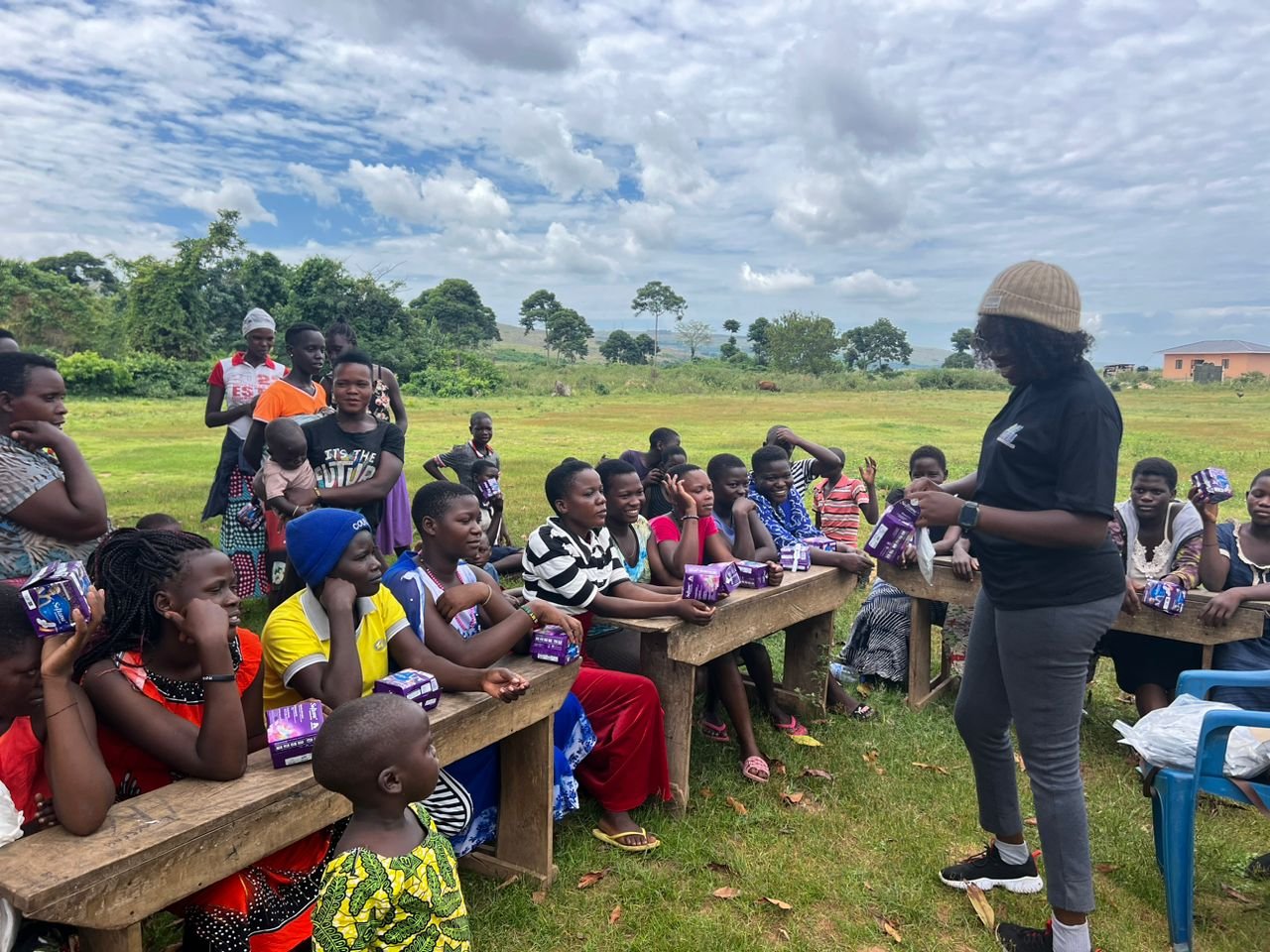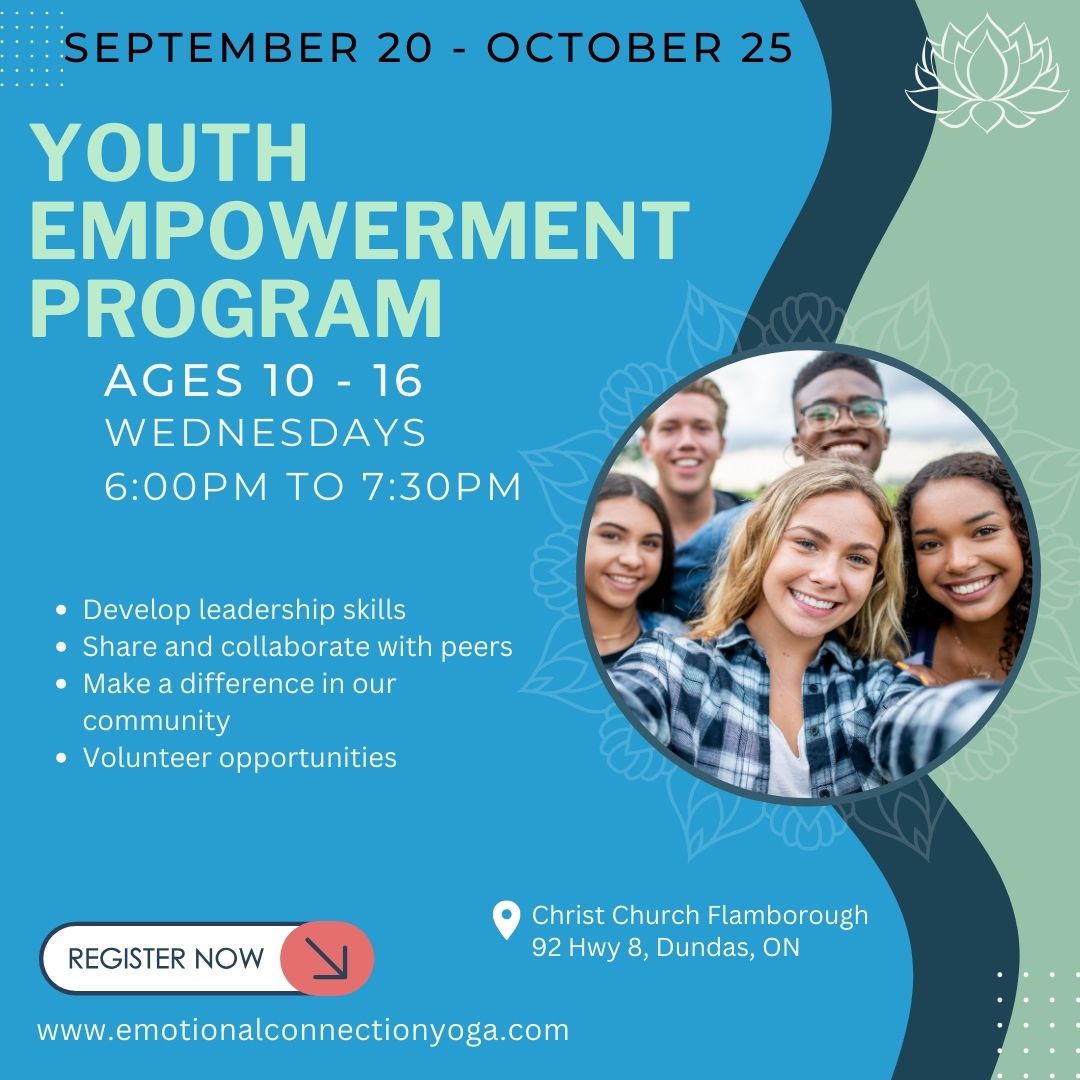
Reclaiming Futures: Indigenous Youth Empowerment on Turtle Island
On Turtle Island, a vast and ancient land encompassing North America, a profound and vital movement is unfolding. Amidst the enduring shadows of colonialism, intergenerational trauma, and systemic inequities, Indigenous youth are rising, not just as inheritors of a resilient past, but as architects of a vibrant future. At the heart of this resurgence lie dedicated youth empowerment programs – initiatives that are not merely addressing challenges but actively fostering cultural identity, leadership, healing, and self-determination. These programs are far more than remedial; they are revolutionary, meticulously designed to reconnect young people with their heritage, equip them with essential skills, and empower them to lead their communities towards a future rooted in strength and sovereignty.
The context for these programs is critical. Indigenous youth on Turtle Island face disproportionately high rates of poverty, lower educational attainment, higher suicide rates, and overrepresentation in the justice system. These disparities are direct consequences of centuries of colonial policies, including the devastating legacy of residential schools, which systematically attempted to strip Indigenous peoples of their languages, cultures, and family structures. Yet, despite these profound adversities, the spirit of Indigenous communities remains unyielding. It is this resilience, coupled with an inherent connection to land, language, and ancestral knowledge, that forms the bedrock upon which successful empowerment programs are built.
What distinguishes Indigenous youth empowerment programs is their profound grounding in cultural identity and traditional knowledge. Unlike mainstream approaches that might focus solely on skill-building, these initiatives understand that true empowerment for Indigenous youth must begin with a strong sense of self, rooted in their unique heritage. "Our culture is our strength," says Elder Mary Two-Rivers, a Mohawk knowledge keeper. "When our young people understand who they are, where they come from, and the power of their ancestors, they can face anything. These programs are like rekindling a sacred fire within them."
Central to this cultural grounding is the revitalization of Indigenous languages. Language immersion camps, for instance, are not just about learning words; they are about reclaiming worldviews, epistemologies, and connections to the land that are embedded within the language itself. Youth learn traditional stories, songs, and ceremonies directly from fluent speakers, fostering a deep sense of pride and belonging. Similarly, traditional arts and crafts workshops—beading, carving, hide tanning, drum making—become avenues for cultural transmission, skill development, and creative expression, allowing youth to engage with their heritage in tangible, meaningful ways.
Land-based learning is another cornerstone. For many Indigenous nations, the land is not merely a resource but a living relative, a teacher, and a source of identity. Programs take youth out onto ancestral territories, engaging them in activities like traditional hunting, fishing, plant gathering, and environmental stewardship. These experiences teach practical survival skills, foster a deep respect for the environment, and transmit traditional ecological knowledge passed down through generations. A young participant in a Dene land-based program in the Northwest Territories remarked, "Being out on the land, learning how to track caribou and build a shelter, it felt like my ancestors were right there with me. It’s not just about surviving; it’s about thriving the way we always have." These programs also often involve youth in modern land stewardship, such as monitoring water quality or participating in climate change initiatives, bridging traditional knowledge with contemporary environmental challenges.

Leadership development within these programs is often collaborative and community-oriented, moving beyond Western hierarchical models. Youth councils, peer mentorship initiatives, and intergenerational dialogues are common. Young people are encouraged to find their voices, advocate for their communities, and participate in decision-making processes that affect their lives. This can range from organizing local events and workshops to speaking at national conferences or engaging with policy-makers. The goal is to cultivate a new generation of leaders who are confident, articulate, and deeply committed to the well-being of their people.
Holistic wellness is another critical component, recognizing that mental, emotional, spiritual, and physical health are interconnected. Many programs incorporate traditional healing practices, such as talking circles, sweat lodge ceremonies, and connection to cultural helpers, to address the impacts of trauma and promote emotional well-being. These culturally relevant approaches provide safe spaces for youth to process their experiences, build resilience, and develop healthy coping mechanisms, often in stark contrast to mainstream mental health services that may not understand or respect Indigenous cultural contexts.
Beyond cultural immersion, these programs also equip youth with tangible skills necessary for navigating the modern world. Digital literacy, coding workshops, media production training, and entrepreneurship incubators are increasingly being integrated. However, these skills are often taught through an Indigenous lens, encouraging youth to use technology for cultural preservation, storytelling, or community economic development. For example, a program might teach video production skills by having youth create documentaries about their Elders or traditional practices, thus combining modern technical skills with cultural dissemination.
The impact of these youth empowerment initiatives is profound and far-reaching. Anecdotal evidence, supported by growing research, points to significant improvements in participants’ self-esteem, academic performance, and overall well-being. Youth involved in these programs are more likely to stay in school, pursue higher education, and engage in healthy lifestyles. They report a stronger sense of identity, reduced feelings of isolation, and a greater connection to their communities. "Before this program, I felt lost, like I didn’t fit anywhere," shared a young Cree woman from Manitoba. "Now, I know my language, I know my stories, and I know I have a purpose. I’m proud to be Cree, and I want to help my people."
Furthermore, these programs are crucial for breaking cycles of intergenerational trauma. By providing positive role models, safe environments, and opportunities for healing and growth, they offer a pathway out of the despair that can accompany historical injustices. They are building capacity within Indigenous communities, ensuring that the next generation is well-equipped to lead self-determined futures, manage their own affairs, and contribute to the economic, social, and cultural vitality of their nations. This aligns directly with the principles of self-determination enshrined in the United Nations Declaration on the Rights of Indigenous Peoples (UNDRIP), which many Indigenous nations are actively working to implement.
However, challenges remain. Many Indigenous youth empowerment programs operate on precarious funding, often reliant on short-term grants that hinder long-term planning and sustainability. The sheer scale of need across Turtle Island means that many communities still lack access to comprehensive, culturally appropriate programming. There is also an ongoing need for non-Indigenous institutions and governments to move beyond tokenistic support and genuinely invest in Indigenous-led initiatives, respecting their autonomy and expertise in designing solutions for their own youth.
Despite these obstacles, the momentum is undeniable. Indigenous youth on Turtle Island are not waiting for others to define their future; they are actively shaping it. Through innovative, culturally grounded, and community-driven empowerment programs, they are reclaiming their languages, reconnecting with their lands, revitalizing their cultures, and building powerful leadership skills. These initiatives are not just about overcoming historical disadvantage; they are about asserting inherent rights, celebrating enduring resilience, and building a future where Indigenous youth stand tall, proud, and fully empowered to lead their nations towards a renewed era of strength and self-determination on Turtle Island. The echoes of ancestral wisdom resonate through their efforts, promising a future as vibrant and enduring as the land itself.



